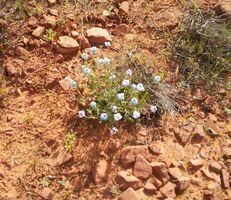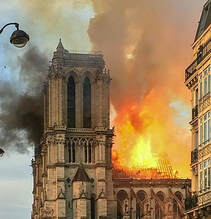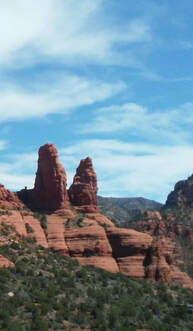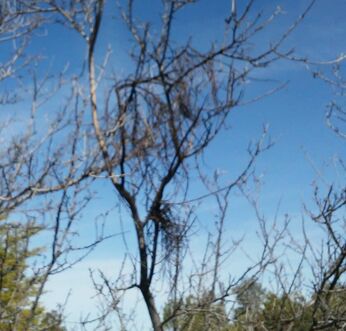
Either
Jesus was a good man and wise teacher who was seen as a threat by the political and religious leaders of his time, was executed and died like anyone else, but whose teachings on charity and the value of all human beings, the poor as well as the powerful, went on to transform the world and are responsible for much of what can be considered good in human civilization.
Or
Jesus was the anointed one of God, sent to save us from ourselves, the creator assuming the weaknesses of the created, in an eternal act of love and forgiveness which went on to transform the world and is responsible for much what can be considered good in human civilization, with his resurrection from the dead validating his divine status and the sanctity of his message.
Take your pick. Or as somebody once said “There is no neutral ground”.
Or is there?
It is my belief that the line in the sand between these two positions is not as deep as it appears. I intend to erase it. That will obviously take more time than a blog, but Easter Sunday seemed like a good day to start.
Just to get started, “Easter” isn’t a word Jesus ever heard. It’s derived from an ancient German word for the goddess of Spring, which transitioned over to an old English name for the same goddess and from that to our own use of the term. As opposed to cheapening the Christian idea in any way, this derivation links the Easter celebration with the celebrations of the arrival of spring that occur in virtually all the original human religions, especially those in the northern hemisphere. The annual reemergence of life after the long, dark winter reverberates naturally with the idea of resurrection. This connection also links Jesus' resurrection with what is sometimes called the “universal drive toward religion in the human species”. This is a concept that has fallen under a lot of fire lately, a fire that’s been fueled by the extremes practiced by current “believers”, but it’s not an idea we can easily do without.
The idea of human transcendence, that we are meant to be more than our biology, is central to our sense of human identity. It’s all that separates us from wolves. Pretending that the survival value of cooperating within the tribe is the actual, real, scientific reason for human morality goes against the evidence both in human history and in the heart and mind of every human who has ever lived. And what does that have to do with the resurrection of Jesus? Everything. The simple, absolutely historical fact is that if anybody in history didn’t stay dead, it was Jesus of Nazareth. His ethnic brother Mohammed acknowledged him and so does most of the world. Mohammed was more successful during his lifetime and his influence has been equally far reaching and long lasting. There are some bad reasons why both of their ideas have lasted – power games on a large scale played by the same kinds of people who crucified Jesus. Finding and embracing the good reasons why these ideas have lasted may be the best shot we have given the divided world we live in. Some form of Secular Christianity/Islam/Humanism may be our only way out of this mess.
Jesus may save us yet.



 RSS Feed
RSS Feed